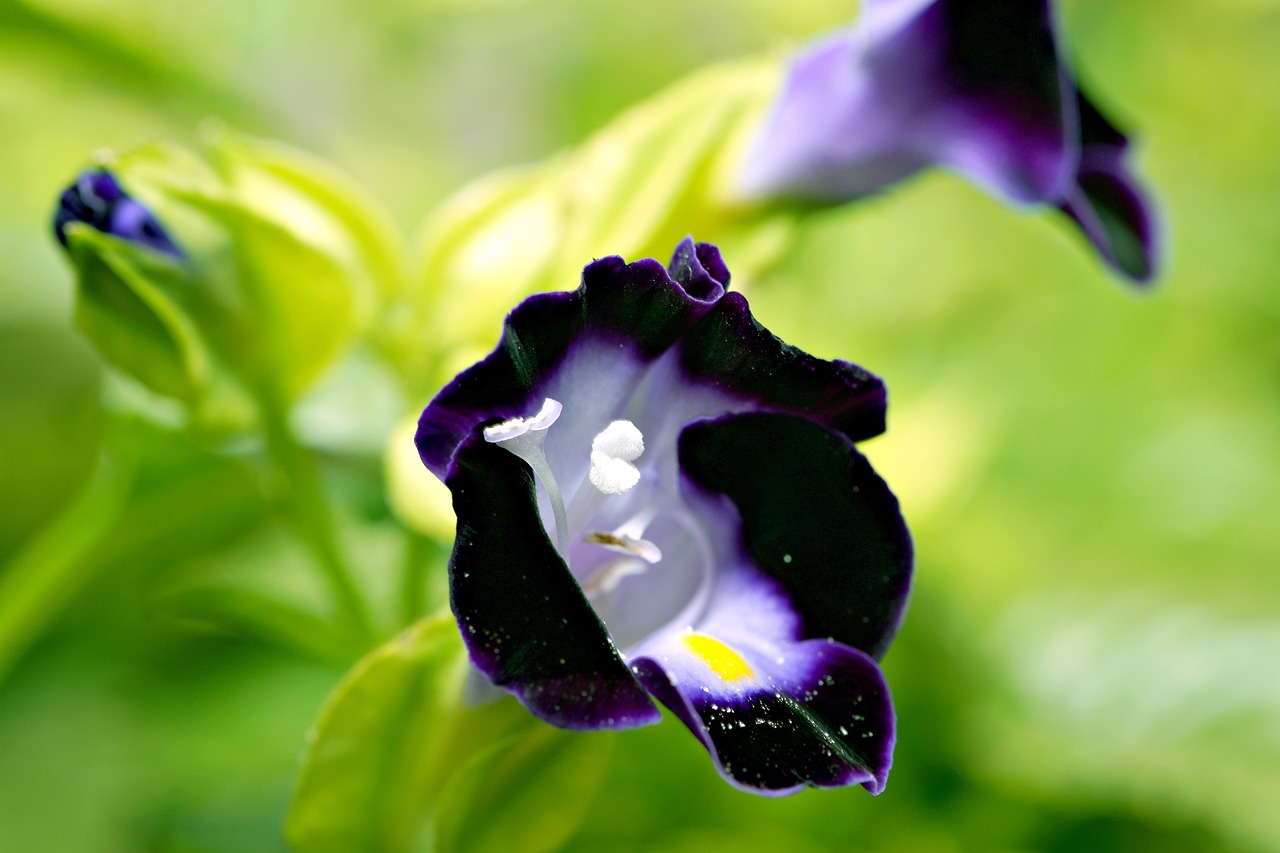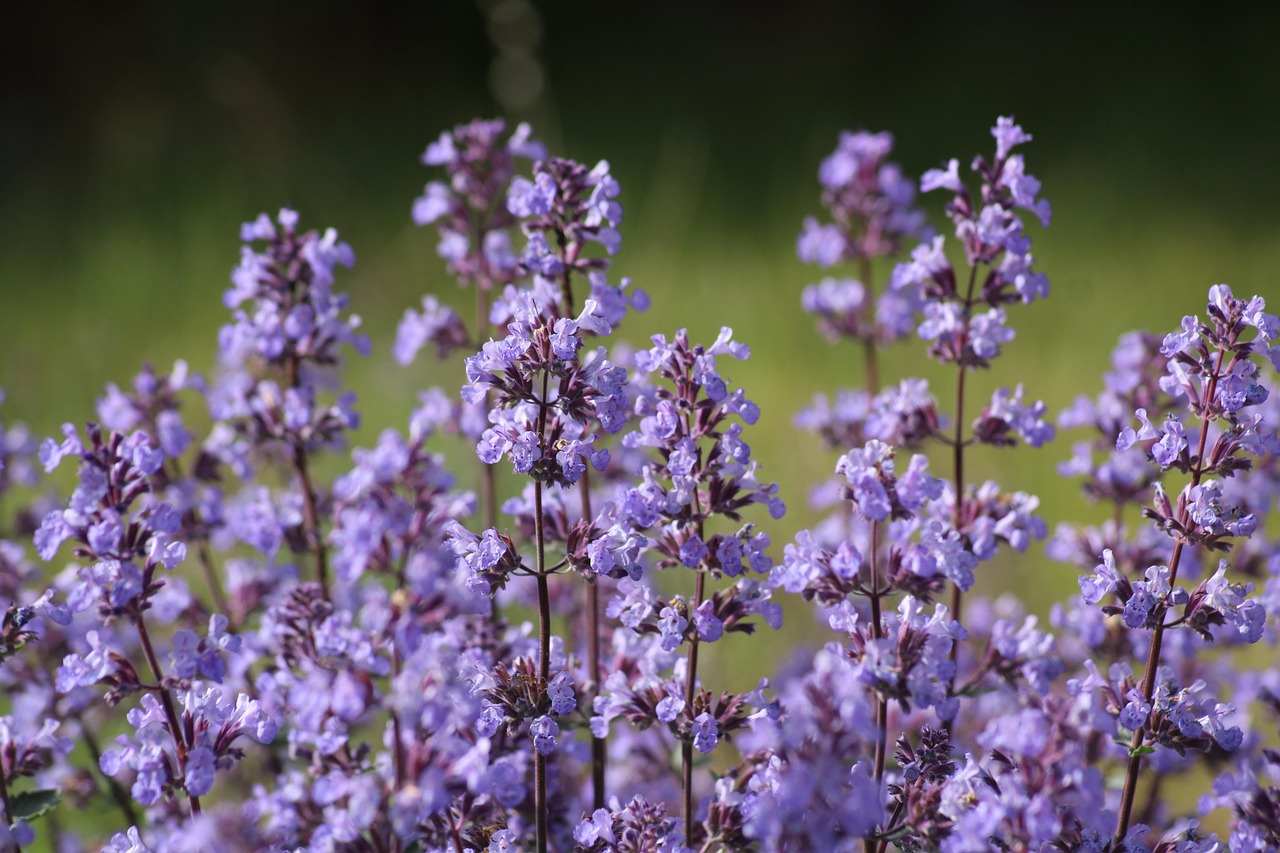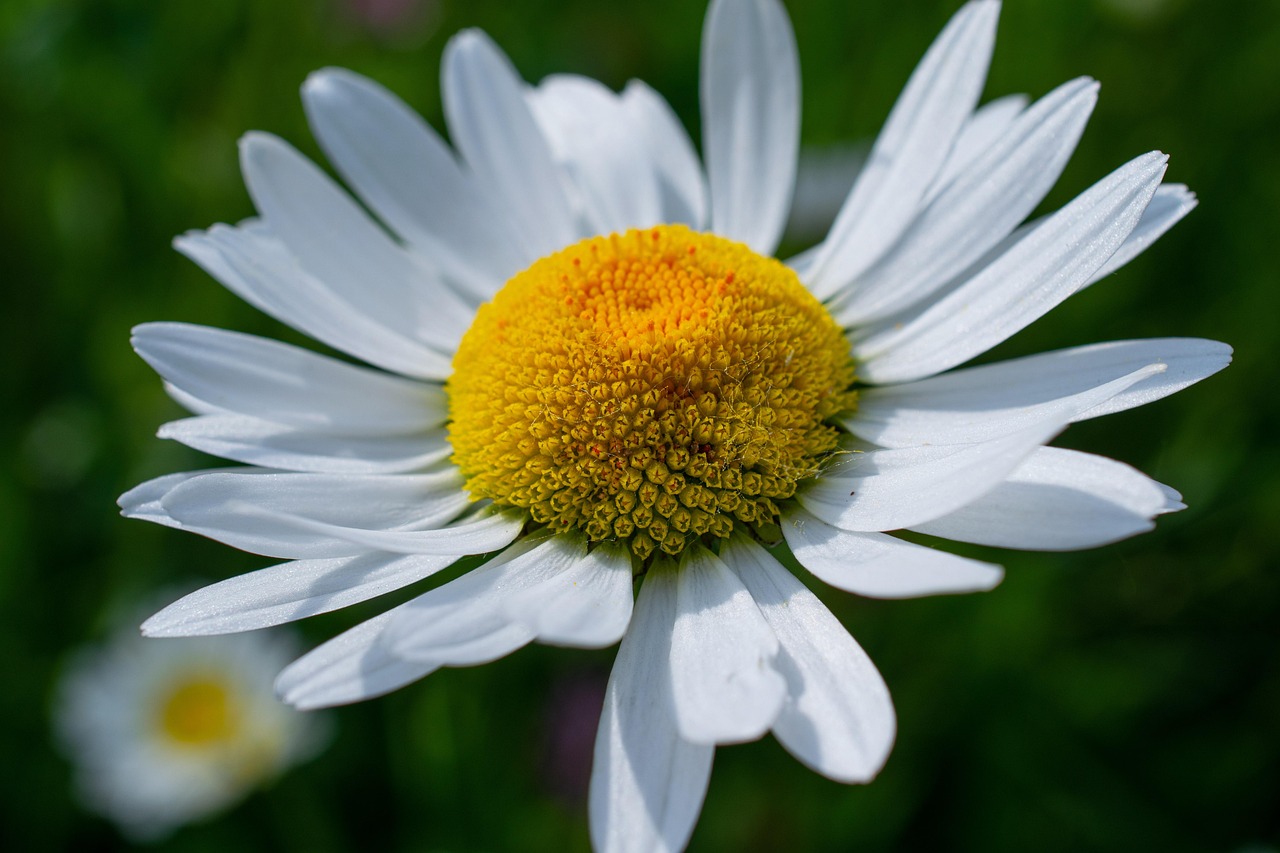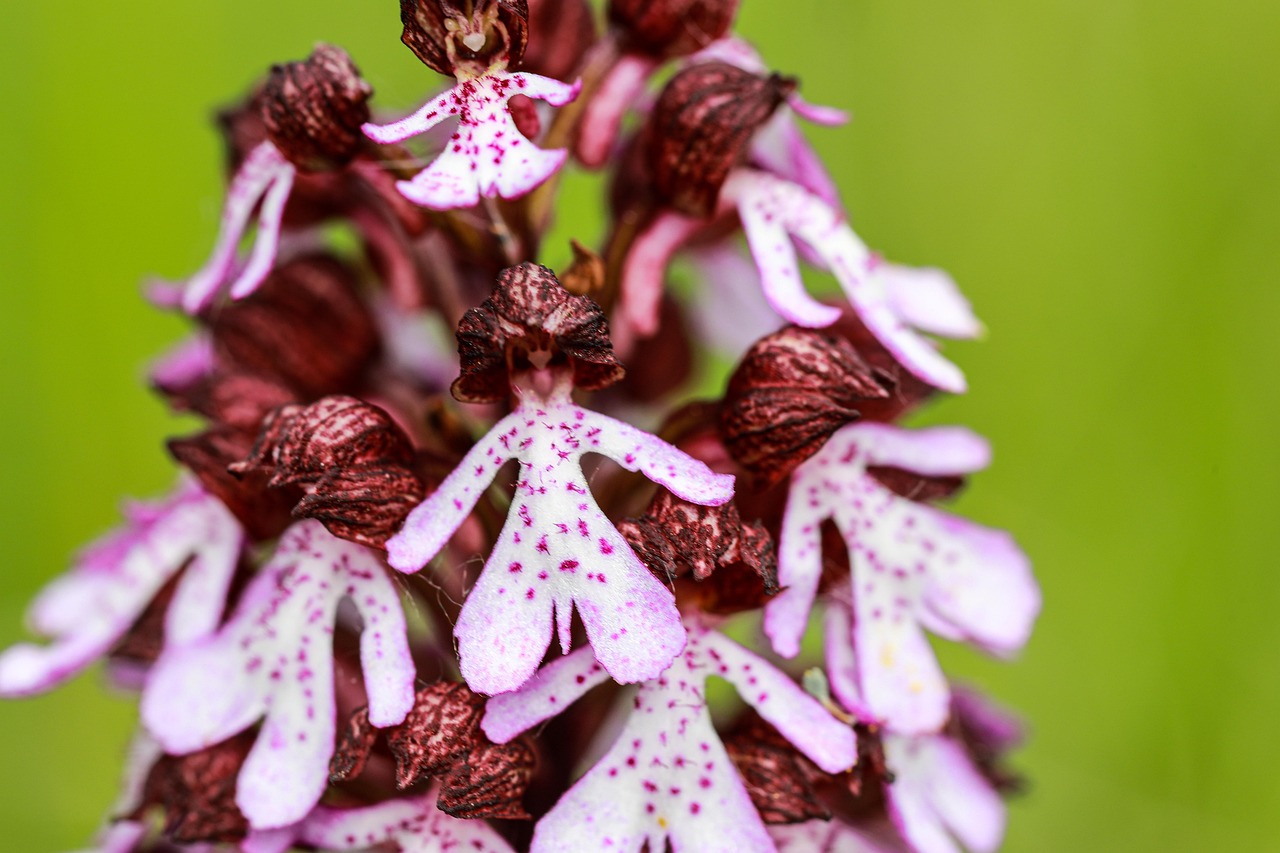Blackberries | The Tradition of Hedgerows Bearing Fruit in Daily Life
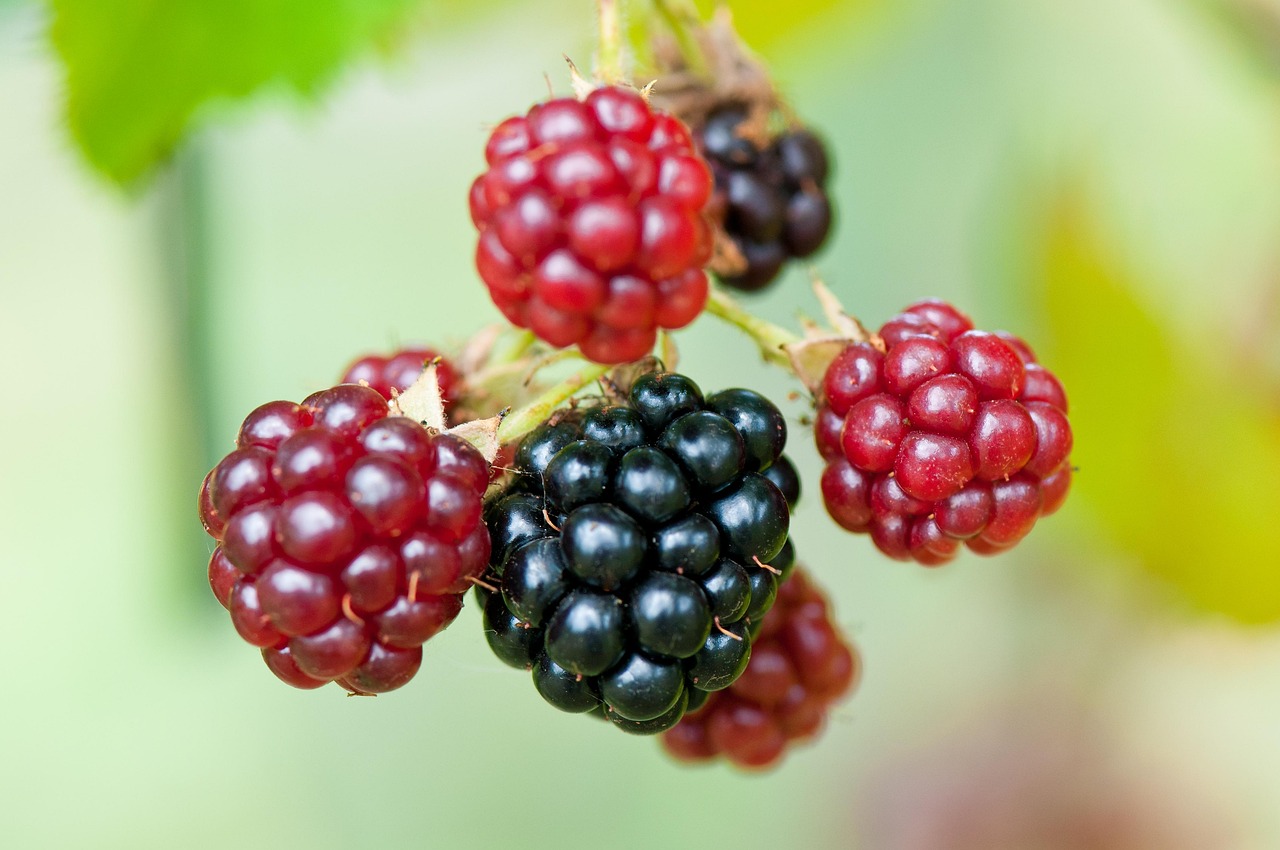
Blackberries are climbing plants that bloom with white or pale pink flowers in summer and bear dark purple fruits in autumn.
Since they grow quickly and spread easily, they are well-suited for cultivation along garden fences or trellises.
In this article, I will explain in detail the basic information about blackberries, their cultural and historical significance, and how to grow them.
Basic Information
- Scientific name: Rubus fruticosus
- Family: Rosaceae
- Origin: Europe, West Asia, North Africa
- Appearance: A climbing or semi-climbing shrub, often with thorns on its long branches. From spring to early summer, it produces white or pale pink flowers, followed by dark purple fruits from late summer to autumn.
- Flowering season: May–July
- Fruiting season: August–October
Cultural Significance Around the World
Blackberries have been cherished worldwide since ancient times, carrying diverse cultural meanings.
In Europe, blackberry thickets often served as natural boundaries, dividing villages or farmland. Because they grew abundantly in the wild, they were also seen as a sign of the changing seasons.
In the United Kingdom, it is a tradition to harvest blackberries in late summer, when many people go out into the countryside to pick them. At the same time, there is an old belief that “blackberries should not be eaten after October,” a superstition rooted in folklore that claims the devil spits on the fruit.
In North America, blackberries held an important place in Indigenous cultures, valued as a gift from nature.
Today, they are also popular as ornamental plants in gardens and parks, often used as hedgerows.
Historical Episodes
Blackberries are among the oldest plants utilized by humans, dating back to antiquity.
In ancient Greece and Rome, wild blackberries grew abundantly, and their intertwining vines were sometimes considered symbols of defense.
During the Middle Ages in Europe, blackberries were planted around castles and villages, serving as living fences that prevented intrusion. In England, dense blackberry thickets often acted as natural fortifications, helping restrict the movement of livestock and wildlife.
By the 19th century, horticultural breeding led to the development of thornless varieties. This made blackberries more popular for ornamental cultivation and fruit harvesting, and today they are widely grown in home gardens.
Gardening Advice
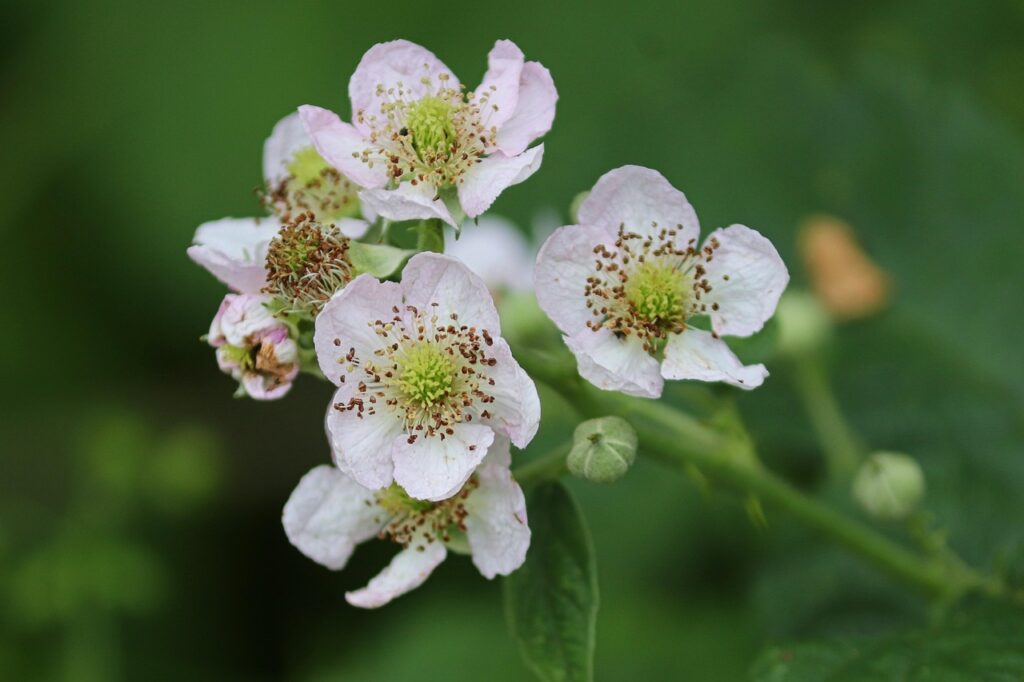
Although blackberries are relatively easy to grow, proper care is required to enjoy their beautiful flowers and fruits.
Sunlight
They prefer sunny locations. Insufficient sunlight may reduce flowering and fruit development.
Watering
While somewhat drought-tolerant, they need consistent moisture during flowering and fruiting. Water thoroughly when the soil surface becomes dry.
Soil
Well-drained, slightly acidic soil is ideal. For garden planting, mixing compost or leaf mold into the soil improves its quality.
Fertilizer
Applying slow-release fertilizer in spring and early summer promotes healthy growth. Avoid excessive nitrogen, which causes excessive leaf growth; instead, use a balanced fertilizer.
Pruning
Cutting back old canes and encouraging new shoots improves flowering and fruiting in the following year. For thorny varieties, wearing gloves ensures safety during pruning.
Cold Resistance
In colder climates, mulching around the base and protecting roots from frost help the plant survive winter.
Conclusion
Blackberries are climbing plants that produce white or pale pink flowers in summer and dark purple fruits in autumn.
In Europe, wild blackberry thickets were used as boundaries, while in England traditions of harvesting and folklore remain.
During the Middle Ages, they served as hedgerows, and from the 19th century onward, improved varieties made them popular for both ornamental and edible purposes.
With proper care in sunny, well-drained soil, one can enjoy both the flowers and fruits of blackberries for many years.

